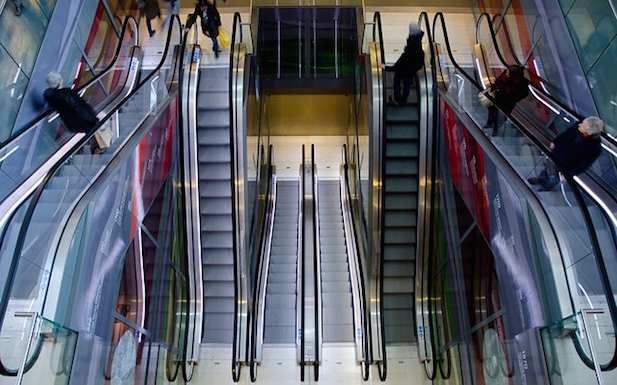Revenues from Wi-Fi indoor location apps are set to hit $2.5 billion by 2020 as retailers turn to WLAN to improve the shopping experience, ABI has said.
The research firm said that a growing number of retailers were looking to in-store analytics in order to track customer numbers.
By knowing customer behaviour, retailers are able to measure footfall and ultimately improve store layout and staff management, measure the performance of advertising campaigns and enhance loyalty schemes, ABI said.
While Bluetooth Low Energy (BLE) beacons used by some retailers to provide proximity advertising are “stealing the headlines”, ABI said that the proliferation and range of Wi-Fi meant it presented a cheaper and superior means of providing analytics services.
It added the accuracy of Wi-Fi had improved considerably in recent times thanks to access point vendors such as Cisco and Zebra, while startup companies were helping boost the adoption of the technology.
Patrick Connolly, Principal Analyst at ABI Research, said: “Apple continues to create roadblocks, while BLE beacons have not only taken mindshare but also budgets. However, Wi-Fi is ubiquitous on smartphones and available in over 50 percent of major retail stores in the US, giving it unparalleled reach.”
However, ABI added that “high accuracy” standards like 802.11mc and Wi-Fi Aware were coming to market “too late”.
[Read more: Wi-Fi, security obstacles on road to mass market IoT adoption, says ABI]
Connolly added: “The time for these was two years ago. In the meantime, most access point vendors have developed their own high accuracy algorithms to compete with other indoor technologies. Wi-Fi Aware has long term potential in a lot of markets, but there is very little for retail technology vendors to hang their hats on today.”



